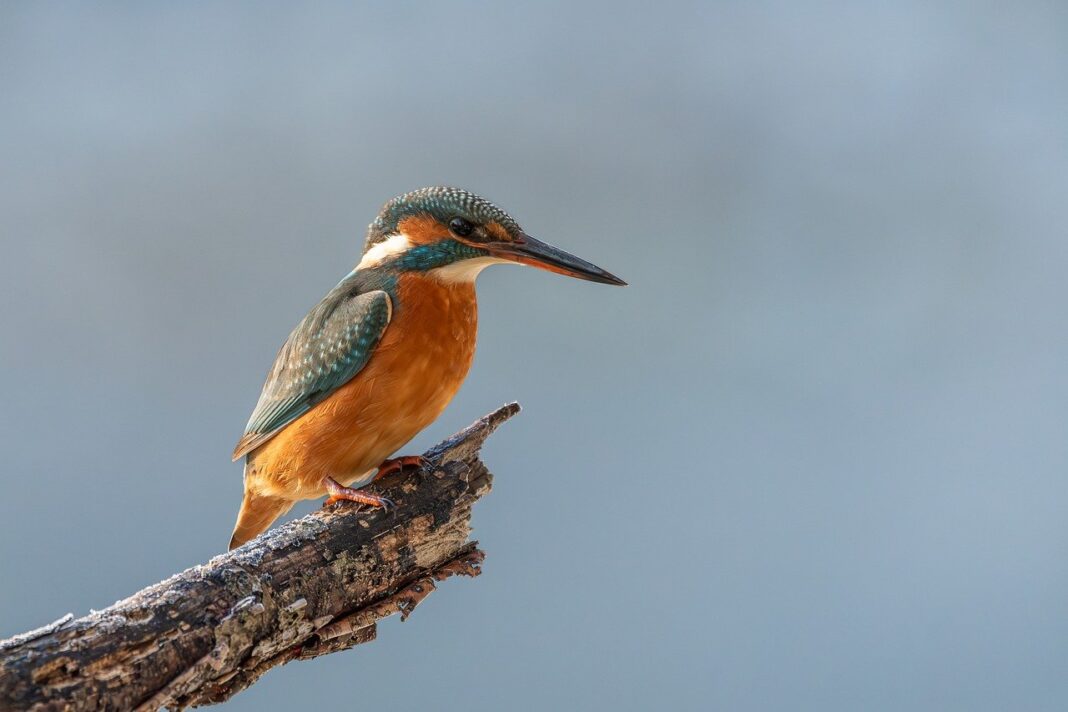Wildlife sanctuaries, havens of protection and preservation, are vital for safeguarding our planet’s incredible biodiversity. These designated areas provide a safe and natural environment for various species of animals and plants to thrive, often in the face of increasing threats from habitat loss, poaching, and climate change. Understanding the purpose, benefits, and complexities of wildlife sanctuaries is crucial for supporting conservation efforts and ensuring a sustainable future for all.
What is a Wildlife Sanctuary?
A wildlife sanctuary is a legally protected area designated by a government or private organization to safeguard specific animal and plant species and their habitats. These areas often have restricted human activity to minimize disturbance and allow wildlife populations to flourish. Unlike national parks, wildlife sanctuaries may allow certain activities like grazing or timber harvesting, provided they don’t negatively impact the wildlife.
Legal Framework
The establishment and management of wildlife sanctuaries are typically governed by specific laws and regulations, which vary by country and region. These laws define the boundaries of the sanctuary, outline permitted and prohibited activities, and establish penalties for violations. In many countries, specific conservation acts outline the procedures for declaring and managing these protected areas.
Key Differences from National Parks
While both wildlife sanctuaries and national parks are protected areas, they differ in several key aspects:
- Human Activities: Wildlife sanctuaries generally allow more human activities like grazing, collection of forest products by local communities, and even tourism in some cases. National parks, on the other hand, have stricter restrictions on human activities.
- Focus: Wildlife sanctuaries often focus on protecting specific species or habitats, while national parks usually aim to protect a wider range of biodiversity and natural landscapes.
- Governance: The legal framework and governance structures for sanctuaries and parks can differ significantly, impacting how they are managed and enforced.
The Importance of Wildlife Sanctuaries
Wildlife sanctuaries play a critical role in conserving biodiversity and ensuring the survival of endangered species. Their importance extends beyond simply protecting animals; they contribute to ecosystem health, scientific research, and sustainable tourism.
Conservation of Endangered Species
- Sanctuaries provide a safe haven for species facing extinction due to habitat loss, poaching, and other threats.
- Captive breeding programs within sanctuaries help increase populations of endangered species, with the goal of eventually releasing them back into the wild.
- Examples include the Kaziranga National Park (India), renowned for its one-horned rhinoceros conservation, and the Giant Panda Breeding Research Base (China), dedicated to increasing panda populations.
Habitat Preservation and Restoration
- Protecting habitats within sanctuaries ensures that animals have access to food, water, shelter, and breeding grounds.
- Restoration efforts, such as reforestation and wetland restoration, can improve degraded habitats and enhance their suitability for wildlife.
- These efforts support the overall health of ecosystems and the services they provide, such as clean water, pollination, and carbon sequestration.
Scientific Research and Education
- Sanctuaries provide valuable opportunities for scientists to study animal behavior, ecology, and genetics.
- Research findings can inform conservation strategies and improve the management of protected areas.
- Educational programs within sanctuaries raise awareness about the importance of biodiversity and inspire future conservationists.
Challenges Facing Wildlife Sanctuaries
Despite their importance, wildlife sanctuaries face numerous challenges that threaten their effectiveness. Addressing these challenges requires collaborative efforts from governments, local communities, and conservation organizations.
Habitat Loss and Fragmentation
- Encroachment from agriculture, urbanization, and infrastructure development continues to fragment and degrade habitats within and around sanctuaries.
- Deforestation reduces the availability of food and shelter for wildlife, leading to population declines.
- Mitigating these challenges requires land-use planning, sustainable development practices, and community engagement.
Poaching and Illegal Wildlife Trade
- Poaching for meat, skins, horns, and other body parts remains a significant threat to many species.
- The illegal wildlife trade fuels poaching and undermines conservation efforts.
- Strengthening law enforcement, increasing penalties for wildlife crimes, and raising awareness about the impacts of poaching are crucial steps in combating this problem.
Human-Wildlife Conflict
- As human populations grow and encroach on wildlife habitats, conflicts between humans and animals become more frequent.
- Crop raiding, livestock predation, and attacks on humans can lead to retaliatory killings of wildlife.
- Implementing mitigation measures, such as electric fences, compensation schemes, and community-based conservation programs, can help reduce conflict and promote coexistence.
How to Support Wildlife Sanctuaries
There are many ways individuals and organizations can support wildlife sanctuaries and contribute to conservation efforts. Your contribution, no matter how small, makes a difference!
Volunteer Opportunities
- Many sanctuaries offer volunteer opportunities for individuals interested in contributing their time and skills.
- Volunteers can assist with tasks such as habitat restoration, wildlife monitoring, visitor education, and administrative support.
- Organizations like the Sierra Club and local conservation groups often organize volunteer trips to sanctuaries.
Financial Donations
- Donations to wildlife sanctuaries and conservation organizations provide crucial funding for conservation projects, research, and education programs.
- Many organizations offer online donation platforms and accept donations of any size.
- Consider donating to well-established organizations with a proven track record of conservation success.
Responsible Tourism
- Visiting wildlife sanctuaries as a responsible tourist can generate revenue for conservation and support local communities.
- Choose eco-friendly tour operators that prioritize wildlife conservation and community engagement.
- Follow guidelines for responsible wildlife viewing, such as maintaining a safe distance from animals and avoiding disturbance.
Conclusion
Wildlife sanctuaries are essential for protecting biodiversity, conserving endangered species, and maintaining ecosystem health. While these protected areas face significant challenges, their importance in ensuring a sustainable future for our planet cannot be overstated. By understanding the role of wildlife sanctuaries, supporting conservation efforts, and promoting responsible practices, we can all contribute to safeguarding these invaluable havens for generations to come.



